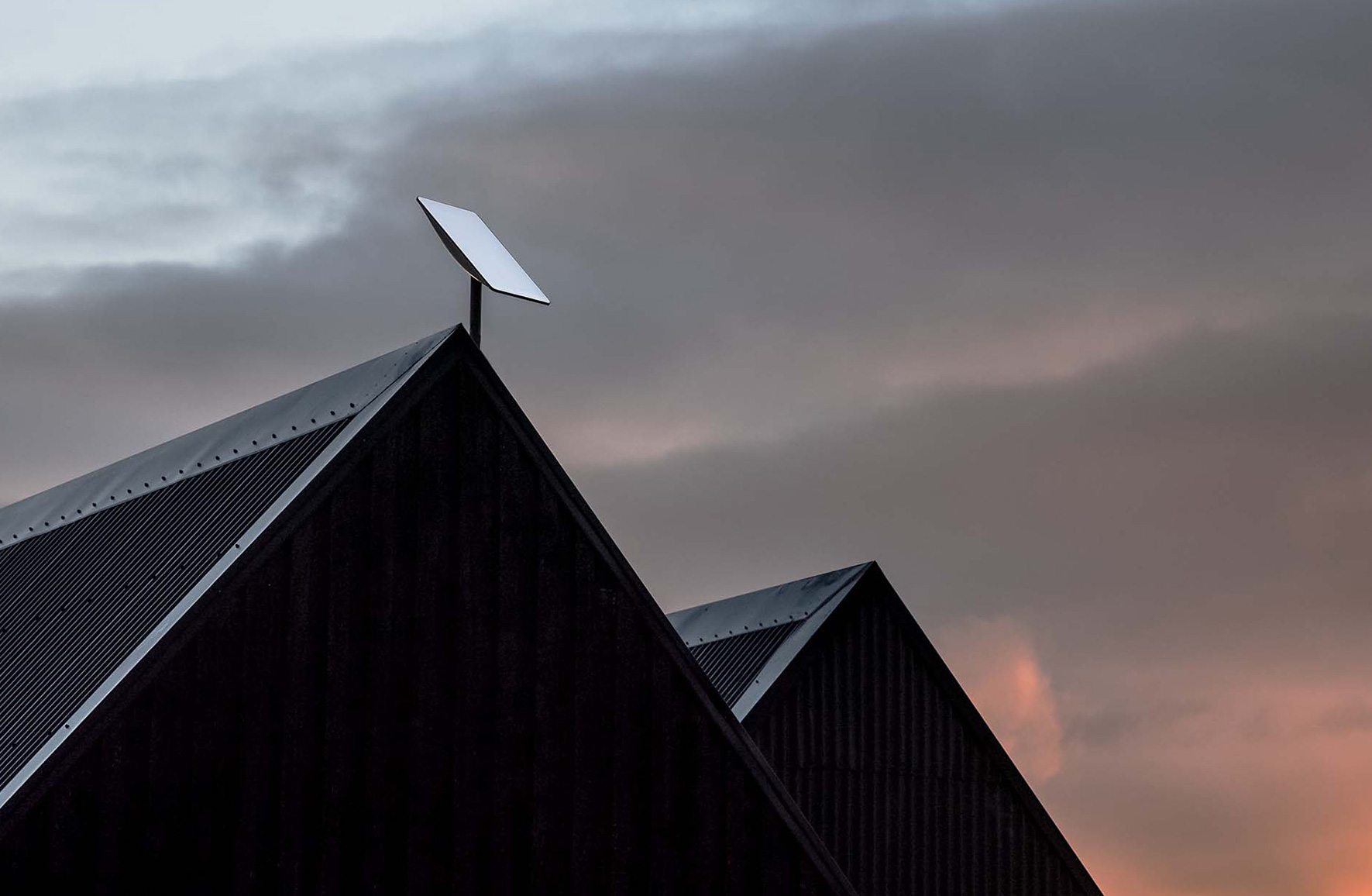Starlink New Satellite Dish: How it looks and its features
Starlink has replaced its user terminal with a new one that is smaller and more cost effective to manufacture, as well as updated the Wi-Fi router included in new subscriber hardware kits.
/cdn.vox-cdn.com/uploads/chorus_image/image/70128514/Screen_Shot_2021_11_11_at_12.14.32_PM.0.png)
Saturday, November 13, 2021 | Chimniii Desk
Key Highlights
- Starlink has replaced its user terminal with a new one that is smaller and more cost effective to manufacture, as well as updated the Wi-Fi router included in new subscriber hardware kits.
- The $499 price tag for new Starlink subscribers remains intact.
- The new Wi-Fi router does not include an Ethernet port.
- Elon Musk, CEO of SpaceX, stated in June that the company is losing money on each Starlink user terminal due to their high manufacturing costs of more than $1,000. "
Advertisement

Starlink has replaced its user terminal with a new one that is smaller and more cost effective to manufacture, as well as updated the Wi-Fi router included in new subscriber hardware kits. The $499 price tag for new Starlink subscribers remains intact.
The rectangular satellite dish that will be sent to new users measures 19x12 inches in diameter, compared to the 23.2 inch diameter of the original circular dish. The dish weighs 9.2 pounds, down from 16 lbs in the original. The working temperature range of -22°F to +122°F (-30°C to +50°C) remains constant, which means that the heat shutdowns experienced by certain users of the original "Dishy McFlatface" satellite dish may persist.
Starlink's new user terminals were approved by the Federal Communications Commission on Wednesday. The primary distinctions between old and new equipment are documented in detail in the specifications section of a support FAQ.
Additional mounting options for the new satellite dish include two different-sized wall mounts that are "intended for installation on an outside wall towards the top of the gable." This document contains mounting choices for the new user terminal and mounting options for the prior user terminal. Each user terminal includes a base for installation on the ground, but mounting hardware is available separately.
Advertisement
The new Wi-Fi router does not include an Ethernet port.
The new hardware kit's Wi-Fi router employs 33 MU-MIMO rather than 22 MU-MIMO, allowing it to transmit in three spatial streams rather than two. There is one disadvantage to the new router: it lacks an Ethernet port, which the original did. According to Starlink's website, users can purchase an Ethernet adaptor from the Starlink shop.
"To connect a third-party router or mesh system, you must purchase an Ethernet Adapter from the Starlink Shop. This adapter enables a wired connection to the network. Bypass functionality will be available shortly, and we are actively developing a Starlink mesh solution "As stated on the website.
According to the support FAQ, the original Wi-Fi router operated between +32°F and +86°F (0°C to +30°C), but the new one operates between -22°F and +122°F (-30°C to +50°C). Additionally, the new router is dust- and water-resistant to IP54, the same grade as the old and new satellite dishes. Although these changes imply that this updated version of the router can be used outside, the FAQ states that it is still "configured for indoor use."
Both the older and new routers support the 802.11a/b/g/n/ac standards and operate on the 2.4 GHz and 5 GHz frequency bands. The following is a screenshot from the FAQ illustrating the distinctions between the older and new dishes and routers:
Advertisement

The $499 up-front cost may gradually decrease, but there is no news on when that will occur. Elon Musk, CEO of SpaceX, stated in June that the company is losing money on each Starlink user terminal due to their high manufacturing costs of more than $1,000. "We are developing next-generation terminals that will have the same level of performance, or approximately the same level of capability, but will be far less expensive... Over time, we hope to reduce the cost of the terminal from $500 to, maybe, $300 or $250, or something similar "Musk asserted.
Recently, SpaceX warned that the global chip scarcity is affecting "our capacity to deliver" orders. Additionally, there was an odd situation in which customers' shipment dates were delayed by a year or more when they made minor modifications to their service locations via the Starlink website's map tool. Later, Starlink stated that "if you relocate to a new area, your queue position at the new site will continue to be determined by your initial order date."
Advertisement